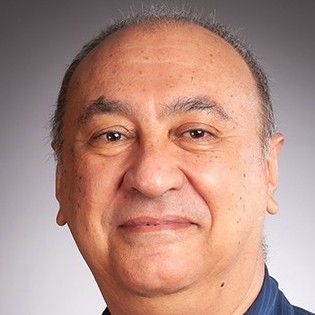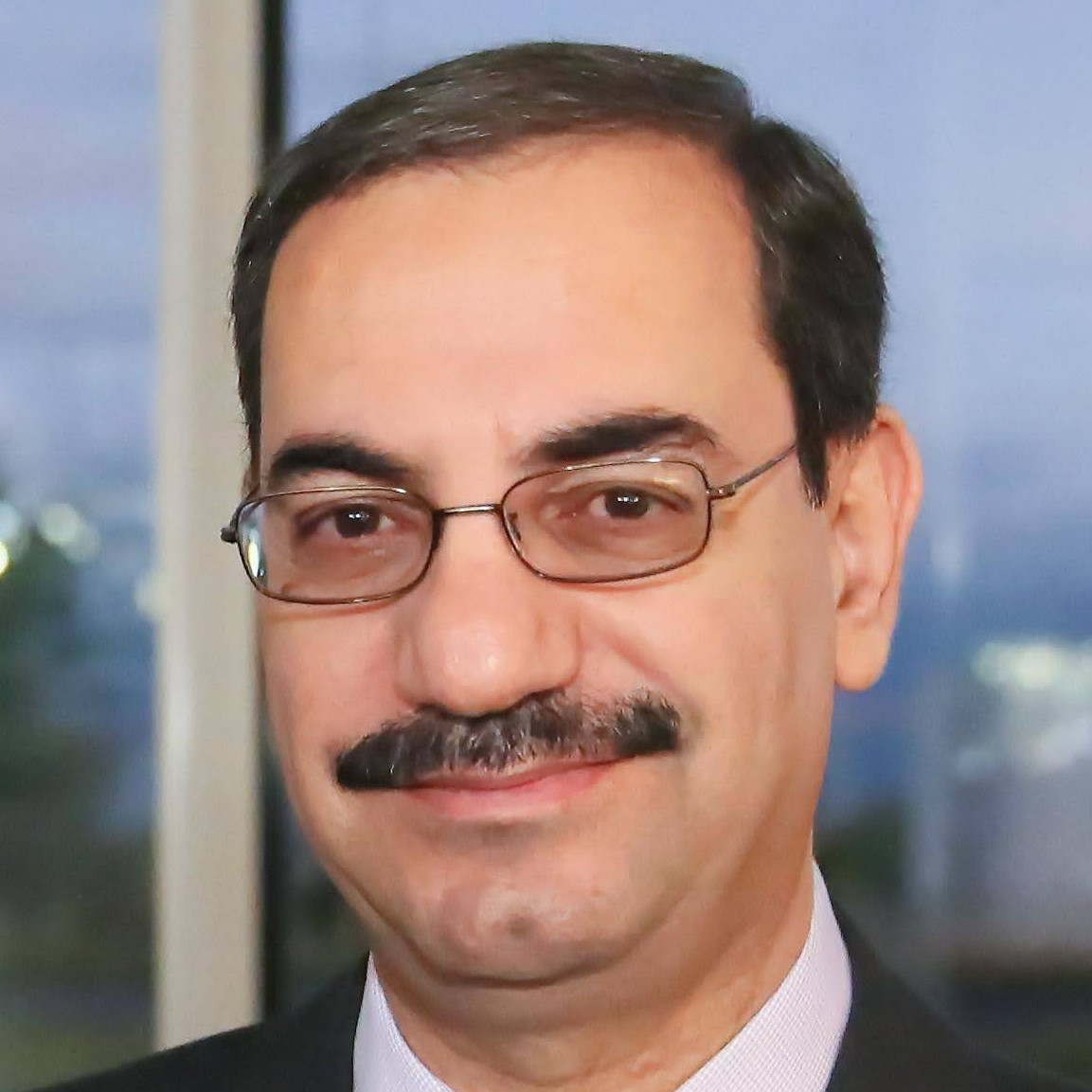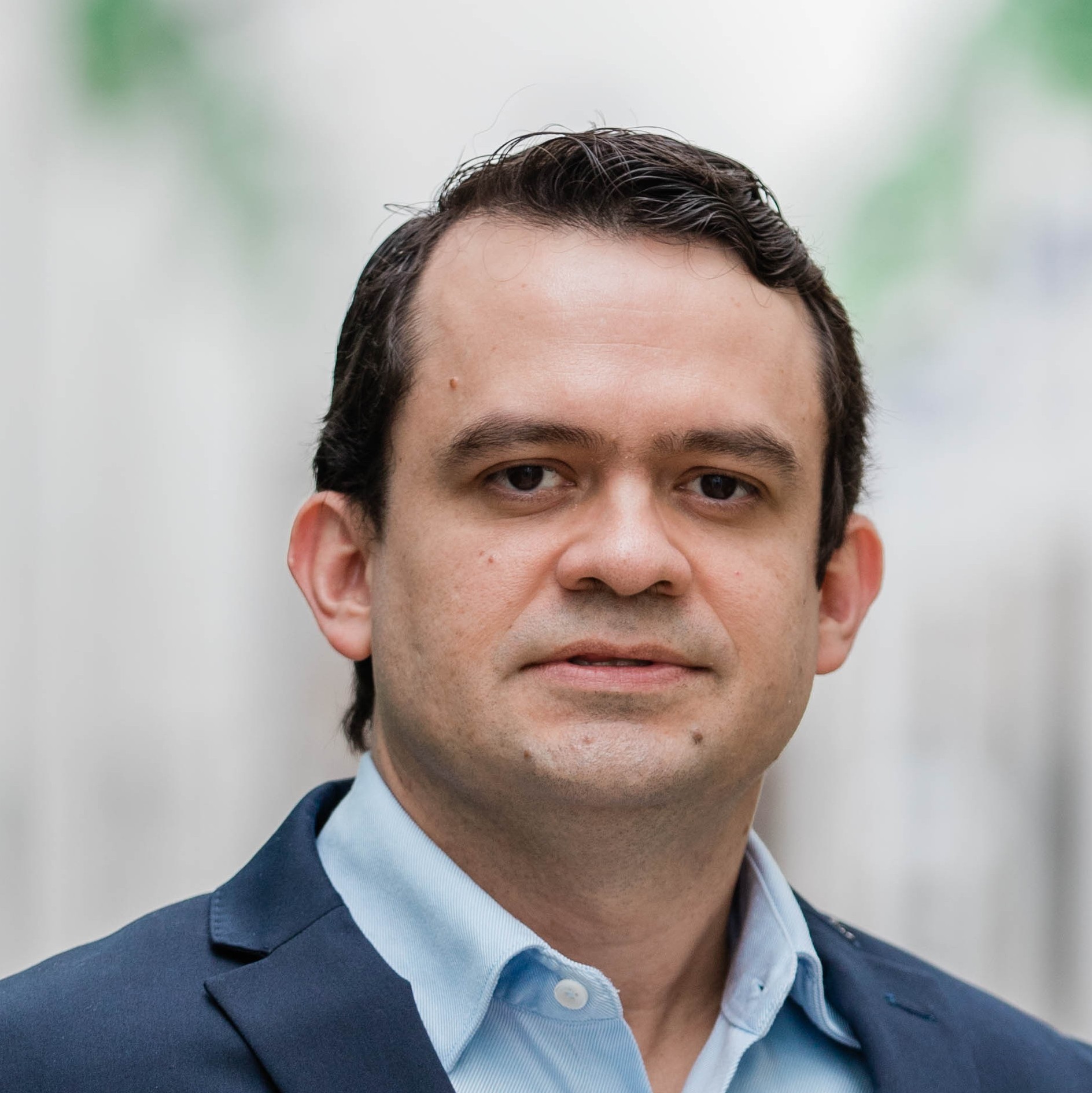palestras
Introduction to Signal Analysis with Ordinal Patterns
Palestrante

Alejandro C. Frery
Abstract: Ordinal Patterns are a non-parametric transformation of subsequences. They were proposed by Bandt & Pompe in 2002 as a means to unveil the underlying dynamics that govern signals. Ordinal Patterns have several interesting properties, among them being resistant to outliers and invariant to strictly increasing transformations. With more than 2600 citations, they are a powerful tool for analysing time series, images, and networks. This talk is an overview of Ordinal Patterns, ways of analysing them, applications, and future research directions.
Social Machine Learning
Palestrante

Ali H. Sayed
Abstract: Modern society is witnessing the emergence of complex networked systems driven by exchanges of information among their elements, such as robotic swarms, autonomous systems, social networks, and Internet-of-Things (IoT) architectures. In these applications, data is often collected from heterogeneous sources and from dispersed locations. It becomes imperative to design learning machines and decision-making algorithms that are better suited to the reality of networked units. The methodologies will need to account for coupling among intelligent agents in a manner that enables multi-tasking and is robust to interference.
This talk introduces a framework for decentralized learning from networked data, which we refer to as Social Machine Learning. This approach handles heterogeneity in data more gracefully than existing methods, learns with performance guarantees, is more resilient to adversarial attacks, and promotes explainable and fair learning. By relying on social interactions among agents, the architecture is also infused with a higher level of robustness to manipulation. This is because it is more difficult to fool a group of agents than an individual agent.
The Path Beyond 5G: Challenges and A Glimpse from a Multiple Access Perspective
Palestrante

Daniel Benevides da Costa
Abstract: Is 10-year still a feasible gap between G’s? Did 5G fulfill what was promised? What are the 5G lessons learned? While 5G is still under implementation in many countries of the world, the scientific community (plus International Telecommunication Union) started to work on beyond 5G standardization even though there are some unconnected dots which still need to be connected. One of the unaddressed issues is related to massive connectivity (one of the pillars of 5G), especially on how to deal with multi-user interference. Since the fundamental limits of multi-user multi-antenna communications with imperfect channel state information (CSI) are still an open problem, 5G design relied on a kind of “robustification” instead of being designed from scratch to be truly robust to imperfect CSI.
This talk will first discuss the journey and challenges beyond 5G. After a brief summary on the road ahead, the need of a flexible and robust multiple access framework to tackle multi-user interference in a general system setup will be emphasized, in which rate-splitting multiple access (RSMA) will be proposed as a potential candidate to cope with that. Three dual-polarized downlink transmission approaches for a massive multiple-input multiple-output (MIMO) RSMA network under the effects of polarization interference and residual errors of imperfect successive interference cancellation (SIC). In addition, the potential synergy between intelligent reflecting surface (IRS) and RSMA will be discussed, in which it will be exploited the advanced capabilities of dual-polarized IRS for unleashing an enhanced RSMA polarization multiplexing. Finally, it will be presented a general idea on how to implement a space-efficient method for realizing enhanced and adaptive integrated communication and powering. In a nutshell, the talk aims to provide a big picture on the path beyond 5G, focusing on some unaddressed points and showing a glimpse from a multiple access perspective.


